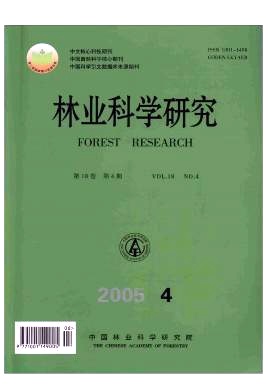Relationship between Plant Diversity and Environment of Picea schrenkiana var.tianshanica Forest before and after Canopy Disturbances
Abstract: After canopy disturbance, because of the change of surroundings in gaps, the vegetations have corresponding responses. The article was based on the surveying of vegetation in gaps and non-gaps in 1999. The results were showed that abundant indexes in gaps were larger than that in non-gaps; individual ecological dominance degree indexs in gaps were 36.7% less than those in non-gaps; having 76.7% of evenness indexs in non-gaps were larger than those in gaps; Shannon individual abundant indexes in gaps were 66.7% larger than those in non-gaps. Various environment factors and plant diversity indexs had correlative relationship before and after canopy disturbance. In gaps, the main factors influencing plant diversity indexs were elevation, effective nitrogen, organic matter, full kalium, full phosphorus and general salt, but only effective nitrogen, organic matter, full kalium, full phosphorus and general salt had evident influnence on evenness indexs; in non-gaps, the main factors influencing plant diversity indexs were aspect of slope, location of slope,degree of slope, illumination intension, effective nitrogen, full kalium, full phosphorus and general salt, but only aspect of slope, degree of slope, illumination intension had evident influnence on individual ecological dominance degree indexs.





 DownLoad:
DownLoad: